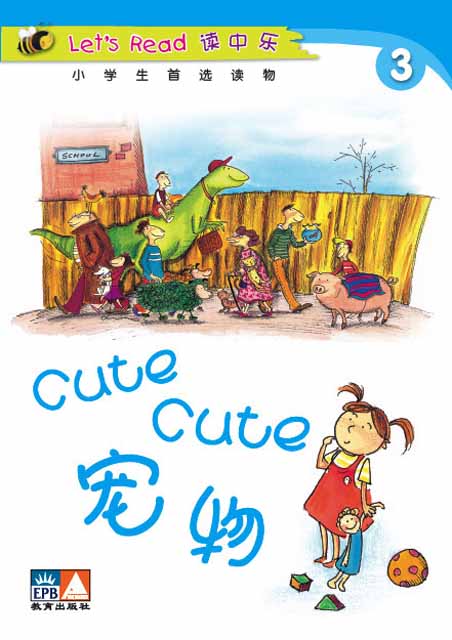

Student groups who supported Mao became known as ‘Red Guards’ and were encouraged to model themselves on military units.5 In August 1966, Mao encouraged the Red Guards to destroy ‘old ideas, old customs, old habits and the old culture of China’.6 School classes stopped and Red Guards raided private homes and ransacked shrines, libraries and shops. Newspapers urged the masses to ‘clear away the evil habits of the old society’.4 Students and school children had been brought up to revere Mao and they responded to his call. The ‘May 16 Notification’ stated that the Communist Party had been infiltrated by counter-revolutionaries and revisionists. The Cultural Revolution began in 1966, following the release of the ‘May 16 Notification’, endorsed by Mao. This policy had led to widespread famine estimates of the resulting deaths are between 23 and 55 million.2 The Cultural Revolution enabled Mao to reassert his status and to demote or destroy political rivals, such as Deng Xiaoping, General Secretary of the Secretariat, and Liu Shaoqi, President of the People’s Republic of China.3 (For more about the senior rivals and opponents Mao purged, see the list below.)

Farms has been collectivised and production of steel had been made a countrywide priority. But some have asserted that an important motive was to re-establish Mao’s pre-eminence and power.1 Mao’s prestige had been damaged by the failure of the ‘Great Leap Forward’ which he had instigated in 1958. Ostensibly the aim was to bring purity of ideology back to the Communist Party and the whole population of China. His reasons are a matter of dispute and conjecture. The revolution was started in 1966 by Mao Zedong, Chairman of the Communist Party.

The Cultural Revolution was an upsurge in pro-Communist revolutionary agitation against remnants of capitalist or bourgeois thinking in China.


 0 kommentar(er)
0 kommentar(er)
